External Gear Pump CFD Simulation Using Dynamic Mesh, ANSYS Fluent Training
External Gear Pump CFD Simulation Using Dynamic Mesh, ANSYS Fluent Training
- Upon ordering this product, you will be provided with a geometry file, a mesh file, and an in-depth Training Video that offers a step-by-step training on the simulation process.
- For any more inquiries regarding the product, please do not hesitate to reach out to us at info@CFDLAND.com or through our online support assistant.
€190 Original price was: €190.€155Current price is: €155.
An external gear pump CFD analysis is used to study positive displacement pumps, which work by trapping and moving fluid between spinning gears. This type of Gear Pump CFD model usually consists of two gears, which are often spur gears, that mesh together and spin inside a pump casing. In this setup, which we model with a Gear Pump Fluent simulation, a motor drives one gear, and then this gear makes the second gear turn through their meshing motion. Figure 1 shows how an external gear pump works. An external gear pump Simulation is useful because these pumps are used in many industries, for example, in hydraulic systems, for lubrication, to transfer fuel, and in chemical processing. Also, people value them because they are very efficient, reliable, and can handle fluids with different viscosities and pressures, which makes a Gear Pump CFD study very relevant.
This project involves a 2D Gear Pump Dynamic Mesh CFD simulation using ANSYS Fluent software. Furthermore, we used a user-defined function (UDF) in our Gear Pump Dynamic Mesh Fluent setup to define the gear rotation, where one gear spins clockwise and the other spins counter-clockwise.
- Reference [1]: Martínez, Javier. “Mesh handling for the CFD simulation of external gear pumps.” Positive displacement machines. Academic Press, 2019. 345-368.

Figure 1- Fluid transfer mechanism through a gear pump [1]
Simulation Process (Gear Pump Dynamic Mesh Setup – ANSYS Fluent Simulation)
The first step was to design the geometry for our external gear pump CFD model using Spaceclaim software. During this design step, it was very important to check the movement of the gears to make sure they do not collide. A diagram of this model is shown in Figure 2. Next, we created an unstructured mesh using ANSYS Meshing software. Because the gaps between the gears are very small, we used the proximity function to create a good mesh in these areas. As a result, our Gear Pump CFD model has a mesh of 172,324 triangular elements with good quality.For the Gear Pump Fluent solver setup, we used the k-w SST turbulence model, even though the flow is mostly laminar, to prevent any potential errors. A user-defined function (UDF) was written to make the gears rotate around their centers. In the model, the gears were treated as rigid bodies. Also, to handle the changing shape of the mesh as the gears move, we activated the Smoothing and Remeshing options within the Dynamic Mesh module. These settings are crucial for a successful Gear Pump Dynamic Mesh CFD simulation.

Figure 2- Schematic of the designed computational domain
Post-processing
The external gear pump CFD analysis reveals important flow details by looking at the pressure and velocity results. This Gear Pump Dynamic Mesh CFD simulation clearly shows how these pumps work, with the pressure field changing between -15 kPa at the suction side and +25 kPa at the discharge side. Our transient Gear Pump Fluent analysis shows that the two gears spinning in opposite directions create this pressure difference. This happens because the volume between the gear teeth changes, which pushes the fluid and makes it flow. Understanding this pressure-driven flow mechanism is necessary to evaluate the pump’s performance, such as its volumetric efficiency and pressure pulsation characteristics. The ANSYS Fluent results also help with design, as they show where low-pressure zones form when the gear teeth separate, which is key information for preventing cavitation.


Figure 3- distribution of a) pressure b) velocity around the gears
Looking at the velocity results from our external gear pump Simulation, we see complex flow patterns within the meshing region. The fluid velocity ranges from near-stagnation points to a peak value of about 12 m/s in the small gaps between the teeth. The streamlines show how important the shape of the gear teeth is for trapping and moving the fluid. This visualization from our Gear Pump CFD study shows the fluid speeds up very quickly as it passes through the meshing area. As the gear teeth come together, the space for the fluid gets smaller, which compresses the fluid and increases the discharge pressure and velocity. The Gear Pump Dynamic Mesh Fluent simulation clearly shows this process by tracking how pressure and velocity change over time. Overall, this research gives valuable information for improving pump designs, especially when precise flow control is needed. Finally, even though the flow is mostly laminar, the results confirm that using the k-ω SST model was a good choice for capturing all the complex flow details.
We pride ourselves on presenting unique products at CFDLAND. We stand out for our scientific rigor and validity. Our products are not based on guesswork or theoretical assumptions like many others. Instead, most of our products are validated using experimental or numerical data from valued scientific journals. Even if direct validation isn’t possible, we build our models and assumptions on the latest research, typically using reference articles to approximate reality.
Yes, we’ll be here . If you have trouble loading files, having technical problems, or have any questions about how to use our products, our technical support team is here to help.
You can load geometry and mesh files, as well as case and data files, using any version of ANSYS Fluent.
€240 Original price was: €240.€125Current price is: €125.

€140 Original price was: €140.€85Current price is: €85.

€280 Original price was: €280.€145Current price is: €145.

€165 Original price was: €165.€125Current price is: €125.

€205 Original price was: €205.€155Current price is: €155.












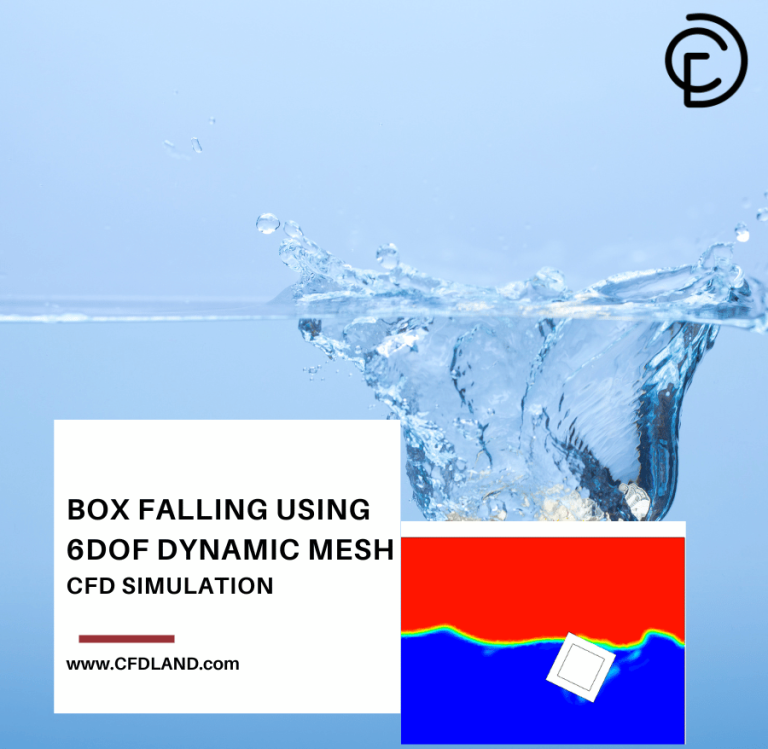
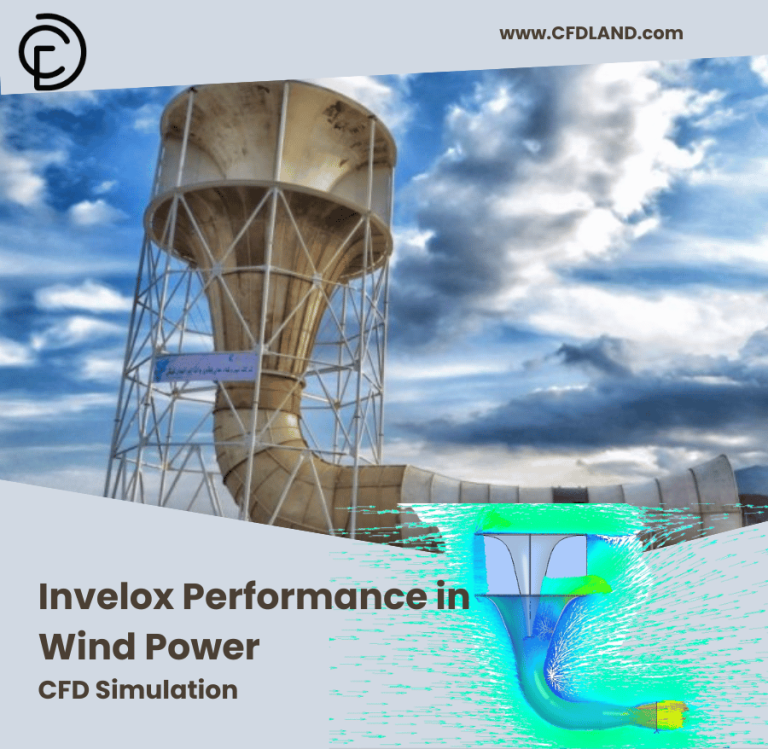
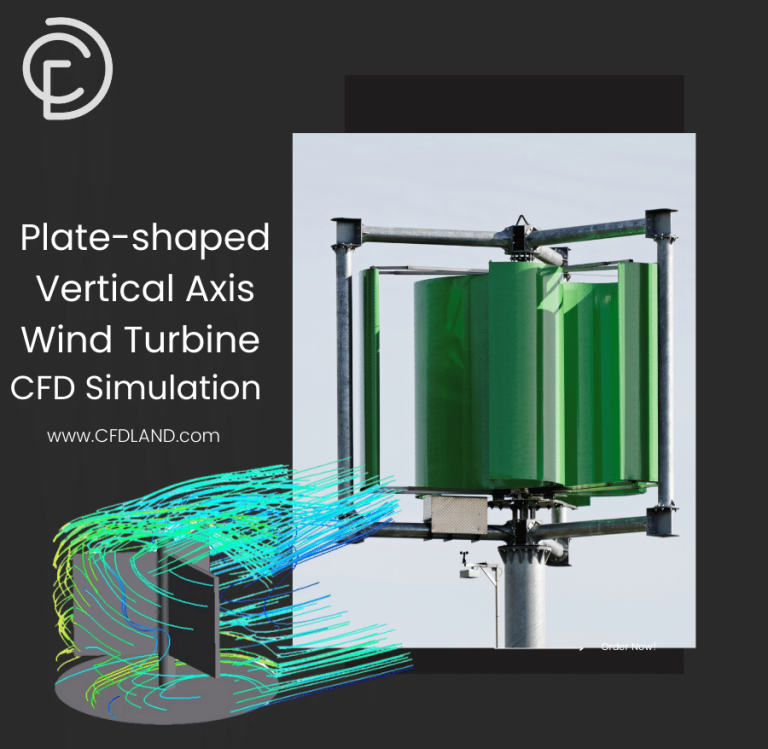

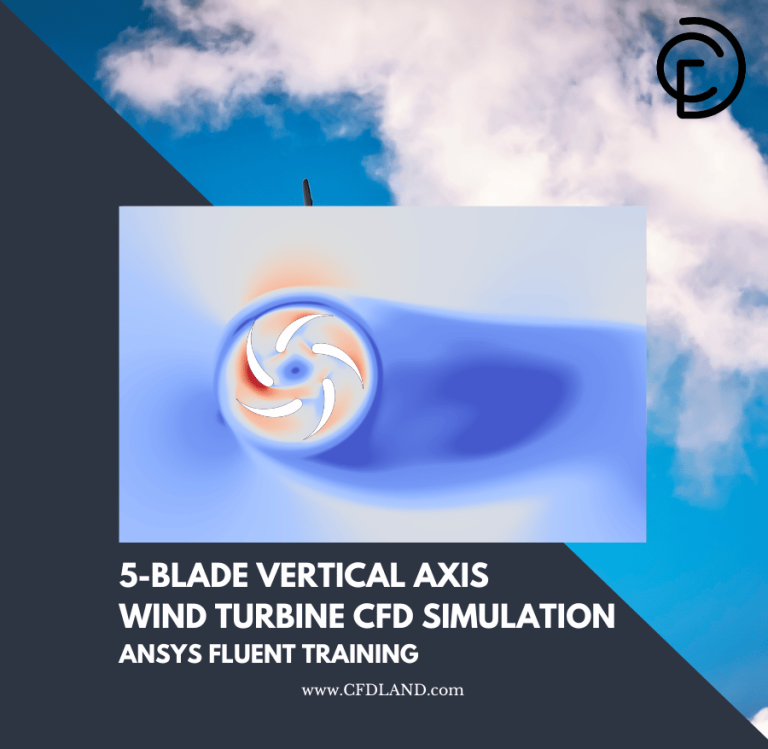
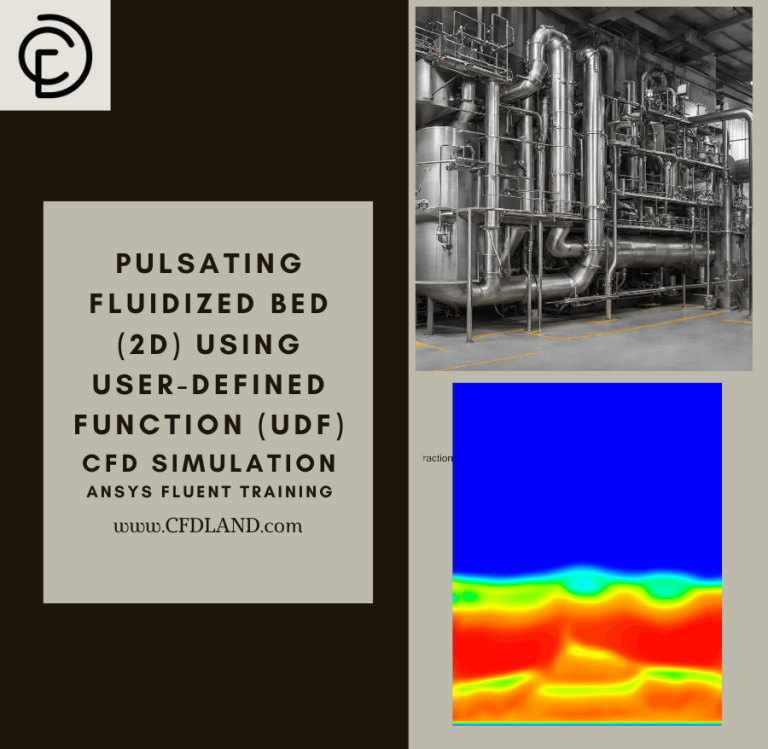
Reviews
There are no reviews yet.